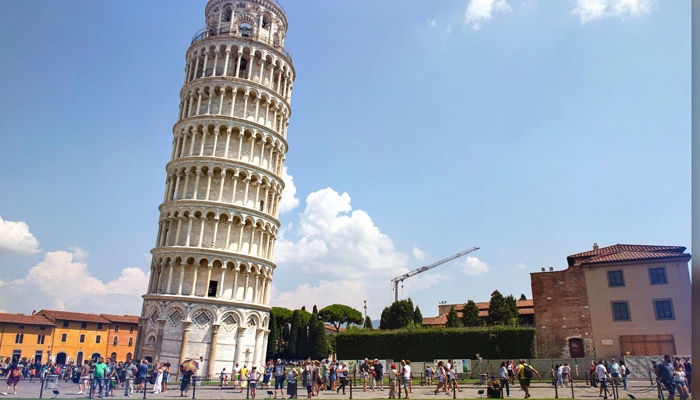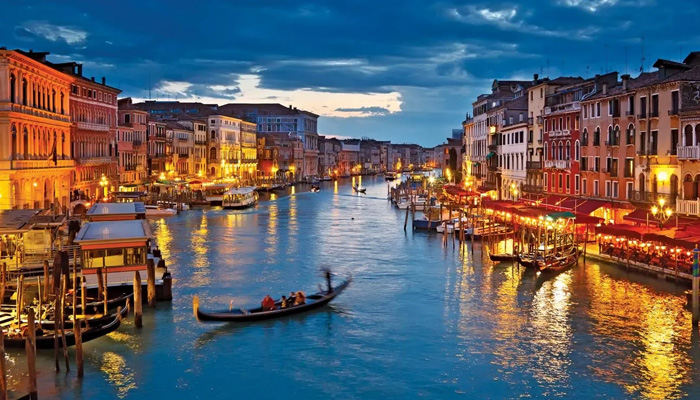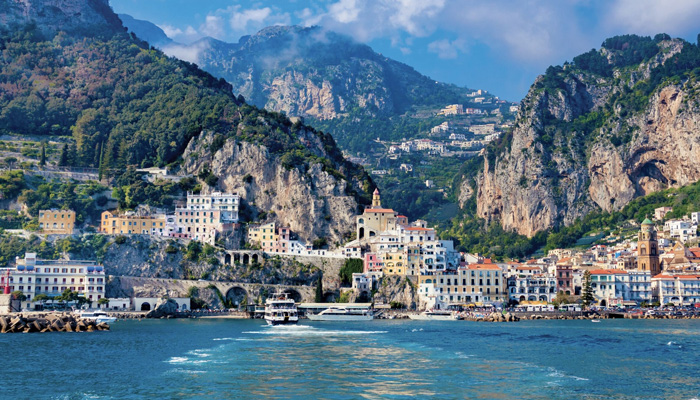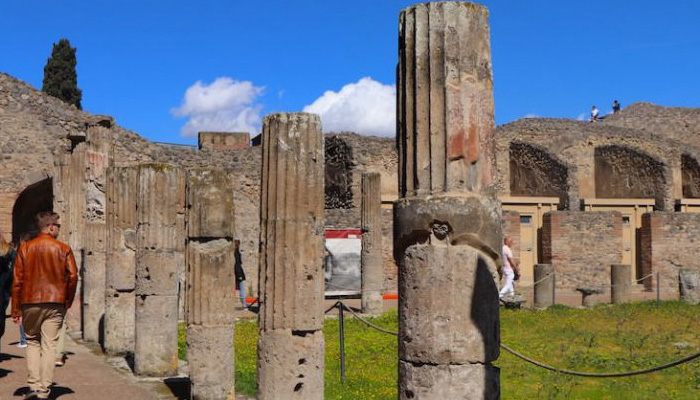The Colosseum in Rome

When people think of Italy, the Colosseum is often the first image that comes to mind. Located in the heart of Rome, this ancient amphitheater is a symbol of the Roman Empire’s power and architectural genius. Built over 2,000 years ago, it once held gladiator battles and could seat up to 50,000 spectators. Walking through its ruins gives you a glimpse into a time when emperors ruled and grand spectacles entertained the masses.
Visiting the Colosseum is like stepping into a real-life history book. You can explore the underground chambers, stand where gladiators once did, and imagine the roar of the crowds. It’s recommended to go early in the morning or book a guided tour to avoid the long lines and get the most out of the experience. Plus, the nearby Roman Forum and Palatine Hill are just a short walk away and well worth visiting too.
The Leaning Tower of Pisa

The Leaning Tower of Pisa is one of the quirkiest and most photographed landmarks in Italy. This freestanding bell tower started leaning shortly after construction began in the 12th century due to soft ground beneath it. Instead of tearing it down, engineers over the centuries worked to preserve the tilt, turning a flaw into a world-famous attraction.
Climbing to the top is an adventure in itself, with a spiral staircase leading you up nearly 300 steps. Once at the top, you’re treated to beautiful views of the city and surrounding area. Don’t forget to take the classic “holding up the tower” photo—it’s cheesy, but it’s part of the fun!
Venice’s Grand Canal

Venice is a city like no other, built on water and full of charm. The Grand Canal is the main waterway that snakes through the city, lined with stunning palaces and colorful buildings. Taking a vaporetto (water bus) ride along the canal is the best way to soak in the sights, or if you’re feeling romantic, a gondola ride is a magical experience.
The Grand Canal gives you a front-row view of Venice’s rich history and beauty. You’ll pass under the famous Rialto Bridge, see lively markets, and enjoy the mix of old-world charm with daily life. Venice can be crowded during peak seasons, so visiting in the early morning or late evening can make your experience more peaceful.
The Vatican and St. Peter’s Basilica


A visit to Italy wouldn’t be complete without stepping into the smallest country in the world: Vatican City. Home to the Pope, the Vatican is packed with religious and artistic treasures. St. Peter’s Basilica is the centerpiece, and its massive dome dominates the skyline. It’s one of the largest churches in the world and an architectural masterpiece.
Inside, you’ll find incredible sculptures, including Michelangelo’s famous “Pietà,” and awe-inspiring interiors. The Vatican Museums and the Sistine Chapel, also within the city-state, are filled with priceless art. Michelangelo’s ceiling in the Sistine Chapel alone is worth the visit. Be sure to dress modestly, as this is a religious site, and prepare for crowds—especially during weekends.
The Amalfi Coast

If you’re dreaming of stunning seaside views, charming villages, and colorful houses stacked on cliffs, the Amalfi Coast is your spot. This stretch of coastline in southern Italy is one of the most scenic drives in the world. Towns like Positano, Amalfi, and Ravello offer breathtaking views, delicious seafood, and lovely local shops.
It’s the kind of place where time seems to slow down. Whether you’re sipping coffee on a terrace, lounging on a beach, or exploring narrow alleys, the Amalfi Coast is pure relaxation. The roads are narrow and winding, so many travelers choose to explore it by boat or bus. Either way, it’s a visual treat from every angle.
The Ruins of Pompeii

Pompeii is a powerful reminder of nature’s force and history’s mystery. In 79 AD, Mount Vesuvius erupted and buried this Roman city under ash, preserving it for centuries. Today, walking through Pompeii feels like stepping into an ancient world frozen in time. Streets, homes, and even bakeries still stand, offering a unique look at Roman daily life.

One of the most moving parts of the visit is seeing the plaster casts of people and animals caught in the eruption. It’s both fascinating and emotional. The site is large, so wear comfortable shoes and bring water, especially during summer. If you’re interested in history or archaeology, this place is an absolute must-see.
Florence’s Cathedral and the Duomo

Florence is known as the birthplace of the Renaissance, and its Cathedral, the Duomo, stands as a true masterpiece. Its red-tiled dome, designed by Brunelleschi, is a marvel of engineering and can be seen from almost anywhere in the city. The exterior is decorated with white, green, and pink marble, making it one of the most beautiful churches in Europe.
Climbing to the top of the dome gives you stunning views over Florence and the surrounding hills. The nearby Baptistery and Giotto’s Bell Tower are also worth a visit. Florence is a city rich in art and culture, and starting your journey at the Duomo is the perfect way to dive into its artistic heritage.
Lake Como

Nestled at the foot of the Alps, Lake Como is a peaceful and picturesque escape. Surrounded by mountains and dotted with elegant villas, this lake is a favorite for both locals and celebrities. The towns of Bellagio, Varenna, and Como offer charming cobblestone streets, waterfront cafes, and stunning gardens.
A boat ride on the lake is the best way to admire the views and hop between towns. Whether you’re exploring gardens like Villa Carlotta, enjoying fresh pasta by the water, or simply relaxing with the mountain breeze, Lake Como offers a perfect mix of nature and luxury. It’s a quiet gem in northern Italy that feels like a postcard come to life.
